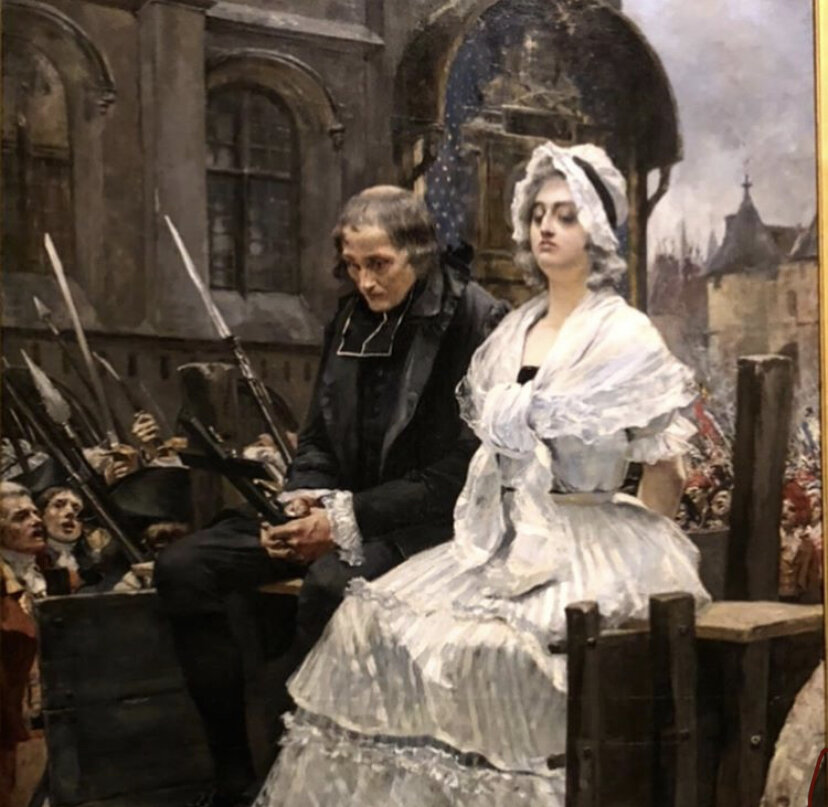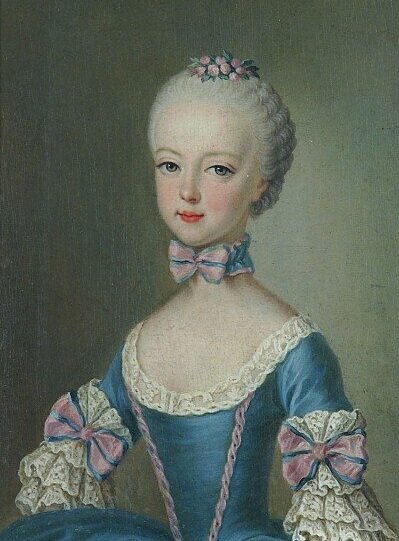Iolanda “Dalida” Gigliotti was born in Egypt to Italian parents in 1933. The young beauty would be named Miss Egypt in 1954 and a few months after she headed to Paris. Dalida, one of the biggest international stars at a young age, was in awe of Rita Hayworth when she saw her in her iconic role Gilda. With the help of radio host Lucien Morisse her songs began to play on the radio and in a few short years she had her first big hit, Bambino. Before long she was performing on the Olympia stage with Charles Anzavour. Recording songs in French, German, Italian, Spanish she would tour the world for decades.
The major star of the stage, known for her amazing outfits was barely known in the United States, turning down major contracts. Her tragic love life on the other hand left her broken and depressed with one partner after another killing themselves. Sadly her own life would end in her Montmartre home when she couldn’t take it anymore. On May 3, 1987 she would overdose on pills washed down with whisky.
Today she is remembered with a bust in the Place Dalida at the base of the winding road in the shadow of Sacre Coeur. Created in 1997 on the ten year anniversary of her death by Alain Aslan, it is customary to give her a little rub for good luck. Aslan also created the life size statue for her grave in the Montmartre cemetery, with a gold sun as a halo behind her, also evoking an Egyptian tomb of a queen. To visit her home, follow the small Rue d’Orchcampt and just as the road bends look up to the white house with its wonderful windows.
I first became fascinated by Dalida after seeing an exhibition at the Palais Galliera of her years of costumes. From the young girl and her sweet dresses to the international star in all her glitz and glamour.
Learn more about Dalida in the fantastic podcast that I teamed up with my friend @missparisphotos on, @laviecreative and the new Paris History avec a Hemingway. Each week focusing on fantastic female artists that left their mark on Paris. And when you stroll the streets of Montmartre and you come across Dalida, give her a little rub for luck.
Support my writing and stories of Paris by joining my Patreon page and get lots of extra goodies including discounts on my tours in Paris, trip planning and custom history just for you. Patreon link in bio.































